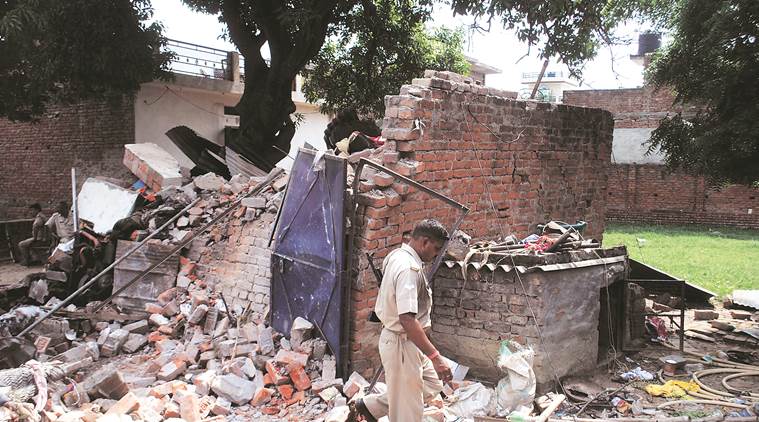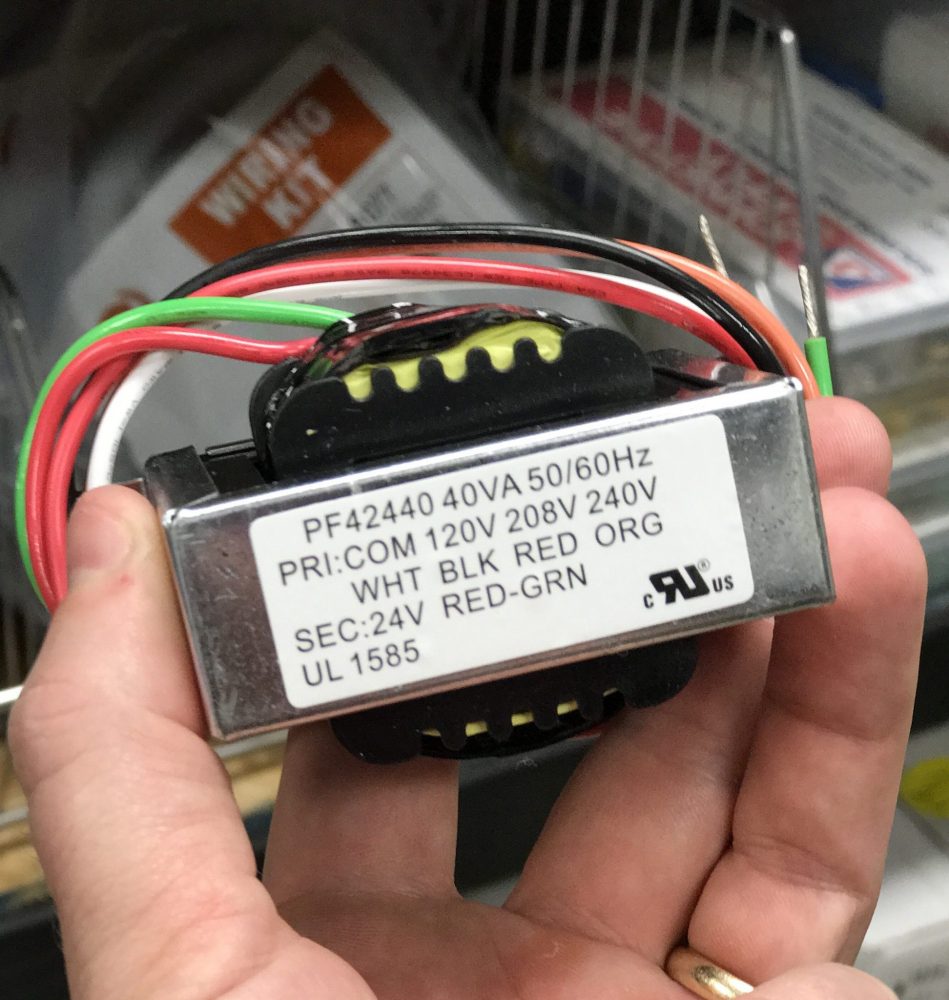Get Tech Tips
Subscribe to free tech tips.
What is the “Mid Point” of a Refrigerant Blend?

As we have mentioned in several previous articles (such as this one HERE), many blended refrigerants have glide, which simply means they boil and condense over a range of temperatures instead of just one temperature.
As an example, consider refrigerant R407c. It is a zeotropic blend, which means it has enough glide to make a big difference if you fail to consider it.

For example, on an evaporator coil running R407c, the refrigerant leaving the TXV will begin boiling at the bubble point. Let's say that the pressure in the evaporator is 80 PSIG; the bubble temperature will be 40°.

As the refrigerant continues boiling, the temperature will increase towards the dew point, which is 50.8°. Any temperature gained ABOVE 50.8° on an R407c system at 80 PSIG is superheated, meaning the refrigerant is 100% vapor.
So, we calculate superheat as the temperature above the dew point and subcool as the temperature below the bubble point. The condensing temperatures and evaporator temperature aren't fixed, but they GLIDE between the bubble and dew and back again when the refrigerant is changing state.
But what does this mean for the evaporator and condensing temperatures when calculating target head pressure (condensing pressure) and suction pressure (evaporator pressure), also known as evaporator TD and condensing temperature over ambient?
The simplest way is to use the midpoint between the dew and bubble points to calculate CTOA and DTD.
In the case above, you would simply calculate 50.8° + 40° = 90.8 | 90.8 ÷ 2 = 45.5° average evaporator temperature or midpoint
Emerson points out that evaporators would be better calculated using 40% of bubble and 60% of dew, but the extra complexity generally doesn't make enough difference to mention.
I made this video to demonstrate further:
—Bryan










Comments
Thanks.
Thanks.
¡Gracias caballero! Had to put on my youtube watch later list…as well to refresh at another time.
Like the sidebar action showing the closeup on phone app!!
¡Gracias caballero! Had to put on my youtube watch later list…as well to refresh at another time.
Like the sidebar action showing the closeup on phone app!!
I’ve used SuperDew and SubBubble to help me remember
I’ve used SuperDew and SubBubble to help me remember
Well presented. Thanks.
Well presented. Thanks.
I’ve heard it stated as “Dewperheat” and “Bubcooling.” May have been Craig Migliaccio who used those terms.
I’ve heard it stated as “Dewperheat” and “Bubcooling.” May have been Craig Migliaccio who used those terms.
pharmacie en ligne livraison europe: pharmacie en ligne pas cher – vente de mГ©dicament en ligne pharmafst.com
pharmacie en ligne livraison europe: pharmacie en ligne pas cher – vente de mГ©dicament en ligne pharmafst.com
kamagra livraison 24h kamagra 100mg prix or kamagra 100mg prix
https://maps.google.com.om/url?q=https://kamagraprix.com Achetez vos kamagra medicaments
[url=https://feedroll.com/rssviewer/feed2js.php?src=https://kamagraprix.com]achat kamagra[/url] kamagra en ligne and [url=http://bbs.88moli.top/home.php?mod=space&uid=22426]kamagra livraison 24h[/url] Acheter Kamagra site fiable
kamagra livraison 24h kamagra 100mg prix or kamagra 100mg prix
https://maps.google.com.om/url?q=https://kamagraprix.com Achetez vos kamagra medicaments
[url=https://feedroll.com/rssviewer/feed2js.php?src=https://kamagraprix.com]achat kamagra[/url] kamagra en ligne and [url=http://bbs.88moli.top/home.php?mod=space&uid=22426]kamagra livraison 24h[/url] Acheter Kamagra site fiable
pharmacie en ligne fiable [url=http://pharmafst.com/#]Meilleure pharmacie en ligne[/url] Pharmacie en ligne livraison Europe pharmafst.shop
pharmacie en ligne fiable [url=http://pharmafst.com/#]Meilleure pharmacie en ligne[/url] Pharmacie en ligne livraison Europe pharmafst.shop
Achat mГ©dicament en ligne fiable: Pharmacies en ligne certifiees – acheter mГ©dicament en ligne sans ordonnance pharmafst.com
Achat mГ©dicament en ligne fiable: Pharmacies en ligne certifiees – acheter mГ©dicament en ligne sans ordonnance pharmafst.com
olympe casino en ligne: olympe casino en ligne – olympe casino avis
olympe casino en ligne: olympe casino en ligne – olympe casino avis
To leave a comment, you need to log in.
Log In